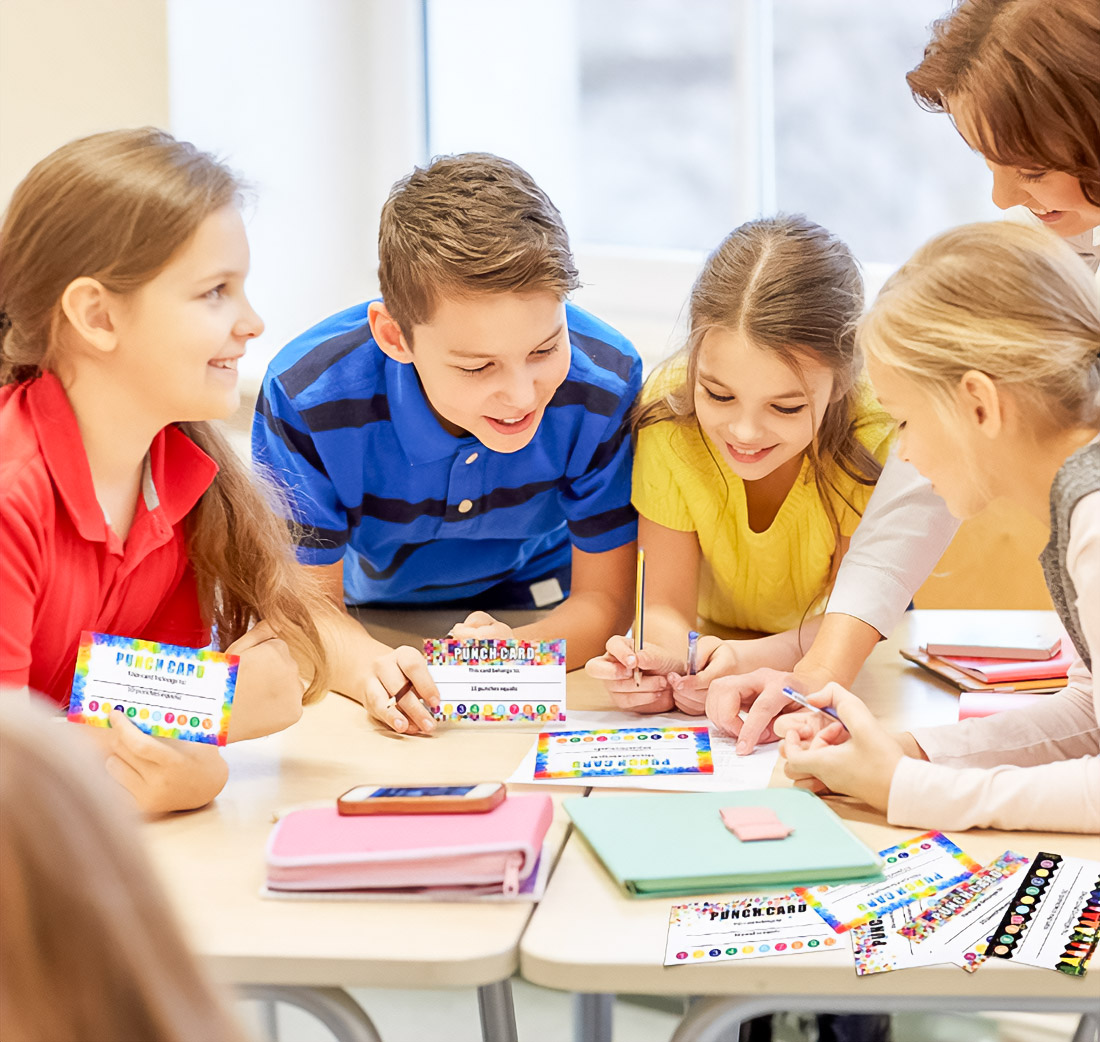
Numerical literacy becomes an indispensable component of early children’s education. In the context of KG American schools have a multilevel approach to the formation of mathematical skills in children. Research shows that children who mastered numerical literacy at an early age 40% more successfully cope with academic loads in school. Special attention is paid to different methods and strategies, which contribute to a better perception of numbers in different cultural and social conditions. More than 70% of teachers use comprehensive programs to enrich the mathematical experience of young Americans.
Role of American kindergartens in the formation of mathematical geniuses

Today, American kindergartens set before themselves ambitious goals. According to data from the National Assessment of Educational Progress (NAEP), 85% of kindergartens implement advanced methods for the development of numerical skills. One of the main tasks is to develop confidence and interest in children. Training covers counting skills, understanding basic arithmetic operations, and solving simple tasks. These initiatives are aimed at building a solid educational platform for future learning.
How is the situation with numerical literacy in the USA?
Today, American kindergartens set before themselves ambitious goals. According to data from the National Assessment of Educational Progress (NAEP), 85% of kindergartens implement advanced methods for the development of numerical skills. One of the main tasks is to develop confidence and interest in children. Training covers counting skills, understanding basic arithmetic operations, and solving simple tasks. These initiatives are aimed at building a solid educational platform for future learning.
Innovative methods of teaching numerical literacy
- Game-based learning: The use of educational games increases the perception of numerical skills by 50%. Board games, card games, and puzzles contribute to the development of logic and analytical abilities.
- Modern technologies: According to data for the 2023 year, more than 60% of kindergartens use interactive applications, which attract the attention of children to mathematics through digital platforms.
- Project-based learning: This approach affects 90% of children, involving them in projects requiring practical application of mathematical knowledge.
- Differentiated approach: Developed programs adapt to individual levels of development, providing a 30% increase in the effectiveness of material acquisition.
Cultural and social nuances of numerical education
Regions with high levels of migration actively use bilingual education, which helps children to adapt and master material. Research shows that with the support of cultural resources, children achieve numerical understanding faster. Socio-economic differences also affect access to educational programs, as access to them can be limited. In more affluent areas, children receive 22% more opportunities for learning numbers. More about education in the UAE.
Examples of programs, changed views on mathematics
- Math for All: This initiative affected 1.5 million children, providing equal access to quality mathematical education.
- STEM in Early Education: Focusing on the introduction of science, technology, engineering, and mathematics, the project develops critical thinking skills in 98% of participants. Learn more about STEM education.
Long-term fruits of early mathematical education
Children who demonstrated successes in kindergarten more than two times increased their chances of successful learning in middle school. More than 67% of schoolchildren developed numerical literacy earlier and continued their education in higher educational institutions.
Prospects of adaptation of American approaches abroad
Many countries begin to adopt American methods, adapting them to local conditions. Interactive and game-based methods, implemented in educational programs in other countries, increase interest in mathematics by 40%. Consideration of socio-economic conditions plays a key role in the successful adaptation of programs. More about early childhood education in other countries.
Summarizing, American kindergartens successfully implement many approaches and strategies, contributing to the mathematical development of children. Innovative methods find responses beyond the USA, improving the quality of education for a wider number of children around the world. Support of numerical literacy opens doors to the future, which is full of opportunities and prospects.

Skier, ramen eater, audiophile, reclaimed wood collector and RISD grad. Working at the fulcrum of minimalism and computer science to craft meaningful ideas that endure. Let’s make every day A RAZZLE-DAZZLE MUSICAL.


